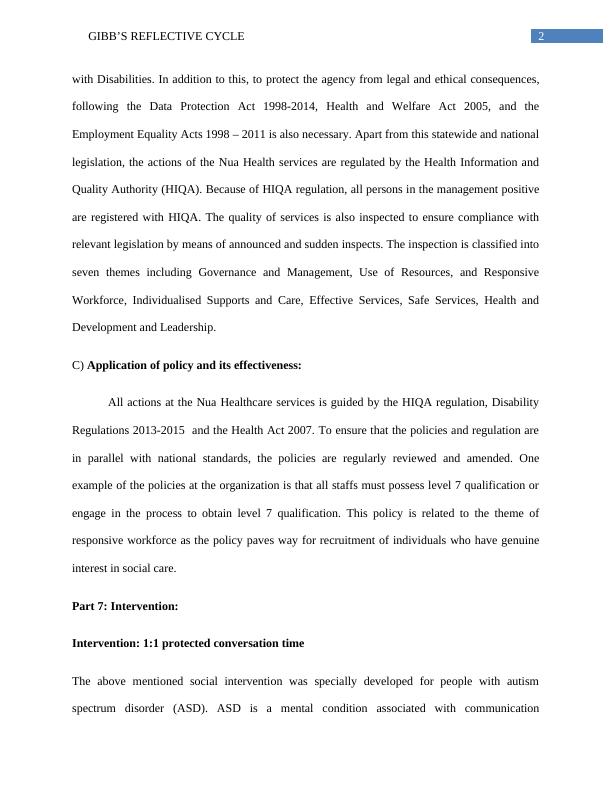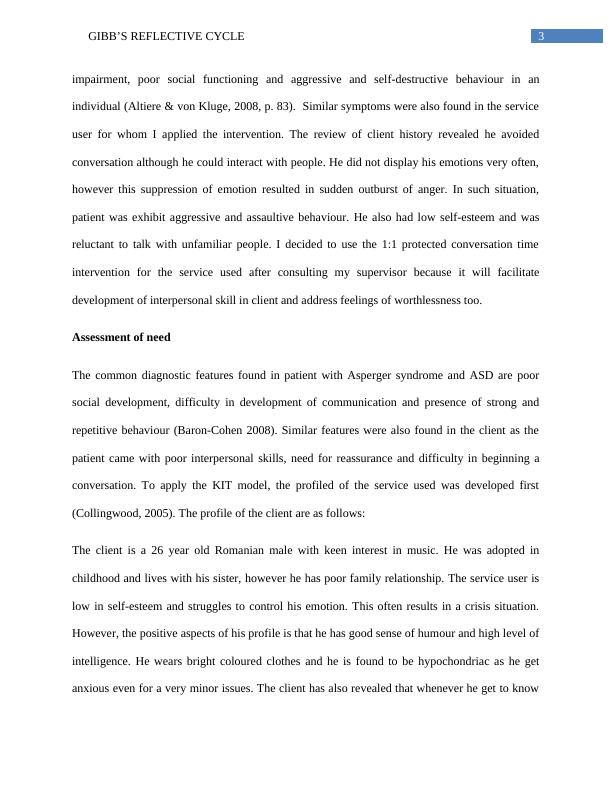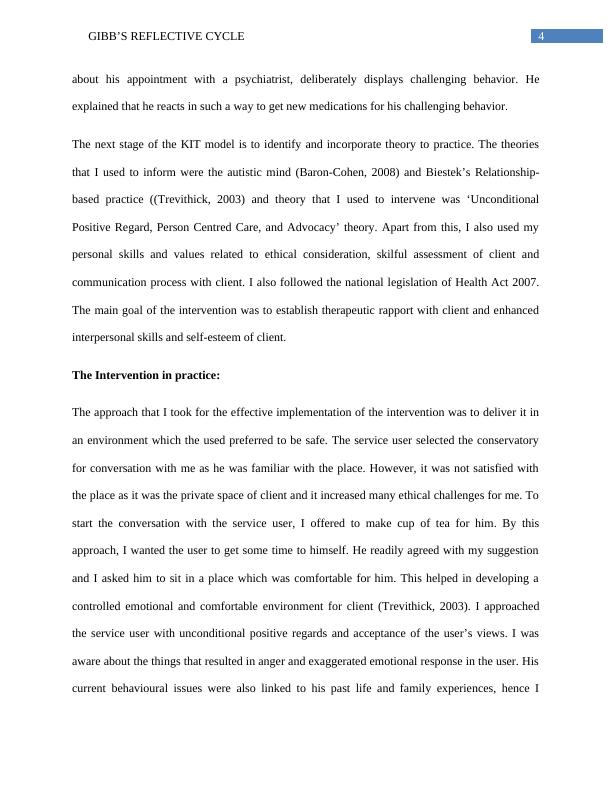Gibb’s Reflective Cycle: Application of Policy and Intervention in Social Care Practice
Describe the aims and objectives of the placement service, relevant legislation, one policy and its effectiveness, the theoretical base of the agency's practice philosophy, learning goals, professional-client relationships, practice informed by service user needs, theory, policy, and research, and a critical incidence analysis of risk management and challenging behaviors.
Added on 2023-06-13
About This Document
Gibb’s Reflective Cycle: Application of Policy and Intervention in Social Care Practice
Describe the aims and objectives of the placement service, relevant legislation, one policy and its effectiveness, the theoretical base of the agency's practice philosophy, learning goals, professional-client relationships, practice informed by service user needs, theory, policy, and research, and a critical incidence analysis of risk management and challenging behaviors.
Added on 2023-06-13
End of preview
Want to access all the pages? Upload your documents or become a member.






